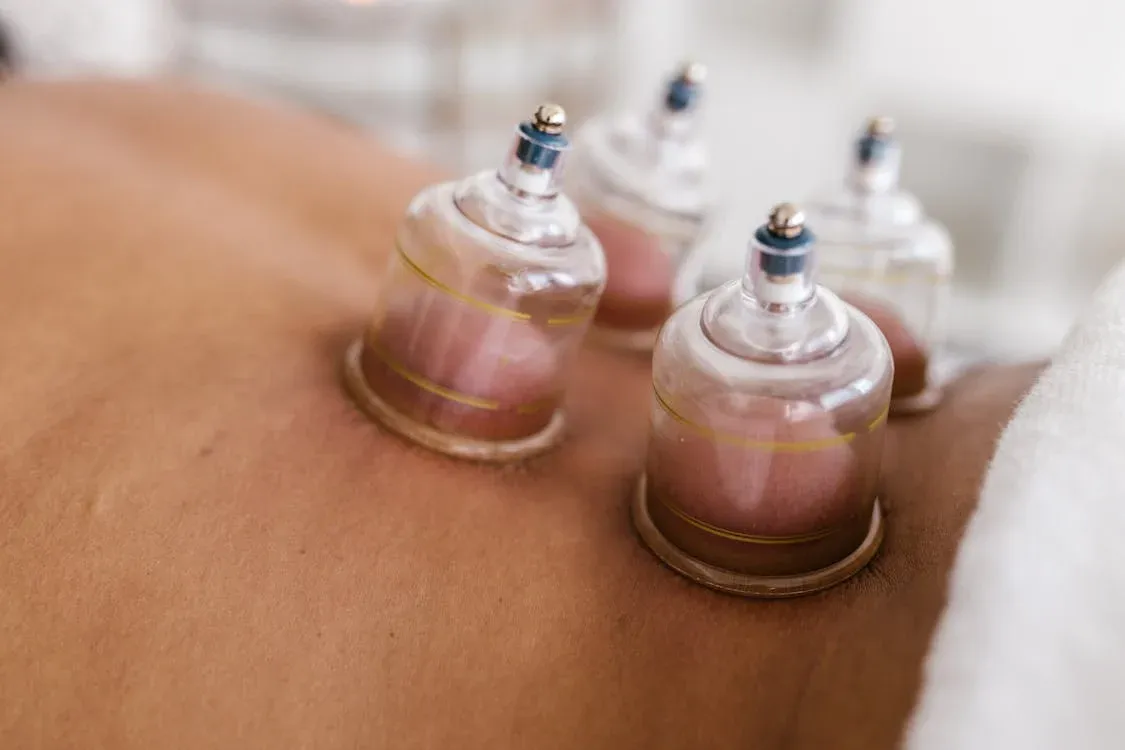Why Wet Cupping Isn’t for Everyone: A Doctor’s Perspective
Wet Cupping Therapy: When Ancient Medicine Meets Modern Health Risks
Table of Content
As a medical doctor and equine therapist, I’ve often found myself at the intersection of ancient practices and modern science. Wet cupping therapy—also known as Hijama—is a topic that comes up frequently in my circles.
While some swear by it for everything from pain relief to detoxification, it’s not without its risks. For some people, the practice can be downright dangerous.
When friends and family bring up wet cupping, I don’t just give a blanket recommendation.
Instead, I dig deeper. Are they dealing with allergies? Liver or kidney issues? Anemia? Vitamin deficiencies? These factors can turn a seemingly harmless therapy into a potential health hazard.
In this article, we’ll explore the risks of wet cupping therapy and why some people should steer clear. Let’s peel back the layers of this ancient practice and see where tradition meets caution.
What is Wet Cupping Therapy?
Wet cupping therapy (Hijama) is a variation of traditional cupping that involves creating suction on the skin and then making small incisions to draw out blood. Practitioners believe this process removes toxins, improves circulation, and alleviates pain.
While dry cupping is more common and relatively safer, wet cupping carries additional risks due to the bloodletting involved.

The Risks You Shouldn’t Ignore
Wet cupping may sound like a miracle remedy, but it’s not for everyone. Here are some serious risks and considerations to keep in mind:
1. Allergies
Some individuals may experience allergic reactions to the materials utilized in wet cupping, including the cups themselves, antiseptics, and oils applied during the process.
These reactions can manifest in varying degrees of severity, ranging from mild rashes and skin irritation to more severe symptoms such as swelling, redness, and inflammation.
In extreme cases, individuals may experience life-threatening reactions, including anaphylaxis, characterized by difficulty breathing and other systemic complications.
If you have a history of allergies or sensitivities, it's essential to exercise caution and consult with a medical professional before proceeding with wet cupping.
This is particularly crucial for those with pre-existing conditions, such as eczema or asthma, who may be more susceptible to adverse reactions. By being aware of these potential risks and taking necessary precautions, you can minimize your chances of experiencing an allergic reaction to wet cupping materials.
2. Liver Problems
Individuals with pre-existing liver disease or dysfunction, such as hepatitis or cirrhosis, should exercise caution when undergoing wet cupping. The added strain on the liver can exacerbate existing conditions, leading to complications.
Additionally, impaired liver function may impede the body's ability to heal from incisions, increasing the risk of infection.
Those with liver disease should consult their healthcare provider before proceeding with wet cupping, as the procedure can be particularly detrimental to liver health.
3. Kidney Issues
Individuals with chronic kidney disease or kidney failure should avoid wet cupping, as blood loss can worsen their condition.
The procedure may also cause dehydration or electrolyte imbalances, which strained kidneys struggle to correct.
4. Anemia
Individuals with anemia, particularly those who are already underweight or malnourished, should exercise caution when undergoing wet cupping.
The procedure can lead to:
- Increased fatigue and weakness
- Dizziness or lightheadedness
- Fainting or collapse
- Pale skin, brittle nails, and frequent headaches (red flags indicating worsening anemia)
Warning: Wet Cupping Can Exacerbate Anemia
If you have a low red blood cell count, even small amounts of blood loss from wet cupping can be risky.
Anemia, especially iron-deficiency or vitamin deficiency, can make it harder for the body to recover from blood loss. In severe cases, wet cupping can lead to:
- Increased risk of infection
- Dehydration or electrolyte imbalance
- Worsening of anemia symptoms
Consult with a healthcare professional before undergoing wet cupping, especially if you have a history of anemia or underlying medical conditions.
5. Vitamin Deficiencies (B12 and D)
Your body needs Vitamin B12 and Vitamin D for proper healing and overall health. Deficiencies in these vitamins can slow down recovery and make you prone to infections.
Before considering wet cupping, it’s essential to check your vitamin levels and address any deficiencies first.
When Tradition Becomes a Risk
I’ve had patients eager to try wet cupping for migraines, back pain, or general detox. But when I see signs of anemia or other health concerns, I hit the brakes.
I always recommend a CBC test and a comprehensive health check before considering wet cupping.
Here’s a scenario I’ve encountered more than once: someone with pale skin, frequent fatigue, and shortness of breath wants to try wet cupping for their headaches.
These symptoms scream anemia or a vitamin deficiency.
Drawing out blood in such cases could worsen their condition—and no ancient remedy is worth that risk.
What to Consider Before Wet Cupping
If you’re thinking about wet cupping, do your homework first:
- Check for Allergies: Ensure you’re not allergic to any materials used.
- Test Your Blood: A CBC test can detect anemia or other blood issues.
- Check Liver and Kidney Function: Make sure these organs are healthy.
- Check Vitamin Levels: Ensure your B12 and D levels are normal.
- Consult a Doctor: Get a professional opinion tailored to your health.
The Bottom Line: Is Wet Cupping Worth the Risk?
For some, wet cupping might offer relief and relaxation. But if you have allergies, liver or kidney problems, anemia, or vitamin deficiencies, the risks outweigh the benefits. Modern medicine offers safer alternatives, and sometimes, old remedies need modern caution.
Hijama should not be performed without verifying the patient's health status. This includes checking for anemia, vitamin deficiencies, kidney, or liver issues to ensure safe and effective treatment.
Hijama can provide temporary relief from symptoms of conditions such as migraine, sinusitis, and muscle stiffness. However, it will not address the underlying cause of these conditions and is not a substitute for medical treatment or management.
It will just mask several medical condition until it will explode later with serious complications, be aware.
Your health isn’t worth gambling on tradition. If in doubt, check it out.












